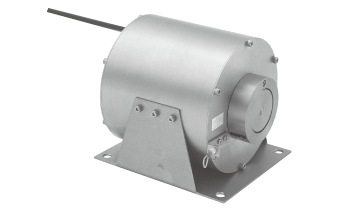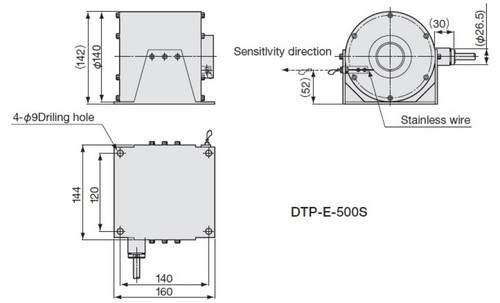DTP-E-S – Drip-proof Large-Capacity Displacement Transducer
(500 – 2000 mm)
Order on request
These products are requested only from ZSE. Our employees will contact you as soon as possible with an offer.
Order on request
This product is ordered on request!
An account at myZSE gives you the opportunity to order this product directly.
The DTP-E-S series are potentiometer-based transducers for measurement of large displacement. A drip-proof structure enables applications where they may be splashed with water or involving highly humid environments.
Features:
- Displacement measurement by expansion and contraction (winding) of wire
- Compact size, high output and low measuring force
- Connectable to strain amplifier for measurement
Precaution
Transducers in this series cannot be used for measurement of dynamic variables or rapidly moving objects, or for applications involving fine vibrations.
Specifications
Performance
- Resolution
-
Performance
px
- Detectable variables
-
Performance
I
- Rated Capacity
-
I
- Detectable variables
-
I
- Detectable variables
-
- Detectable variables
-
I
- Detectable variables
-
I
- Detectable variables
-
- Detectable variables
-
I
- Detectable variables
-
I
- Detectable variables
-
% RO
Your search returned no results.
DTP-E-500S
- Rated Capacity
-
500
mm
- Measuring Force
-
9.8
mm
Request
S
DTP-E-1KS
- Rated Capacity
-
1000
mm
- Rated Capacity
-
1000
mm
Request
S
DTP-E-2KS
- Rated Capacity
-
2000
mm
- Measuring Force
-
4.9
N
Request
S
Kyowa Electronic Instruments
KYOWA ELECTRONIC INSTRUMENTS CO, LTD. is a Japanese company that has been covering all core elements of industrial strain measurement technology since 1951.






